Home>Furniture & Design>Outdoor Furniture>What Is The Outdoor Unit Of A Heat Pump Able To Do During The Heating Cycle?
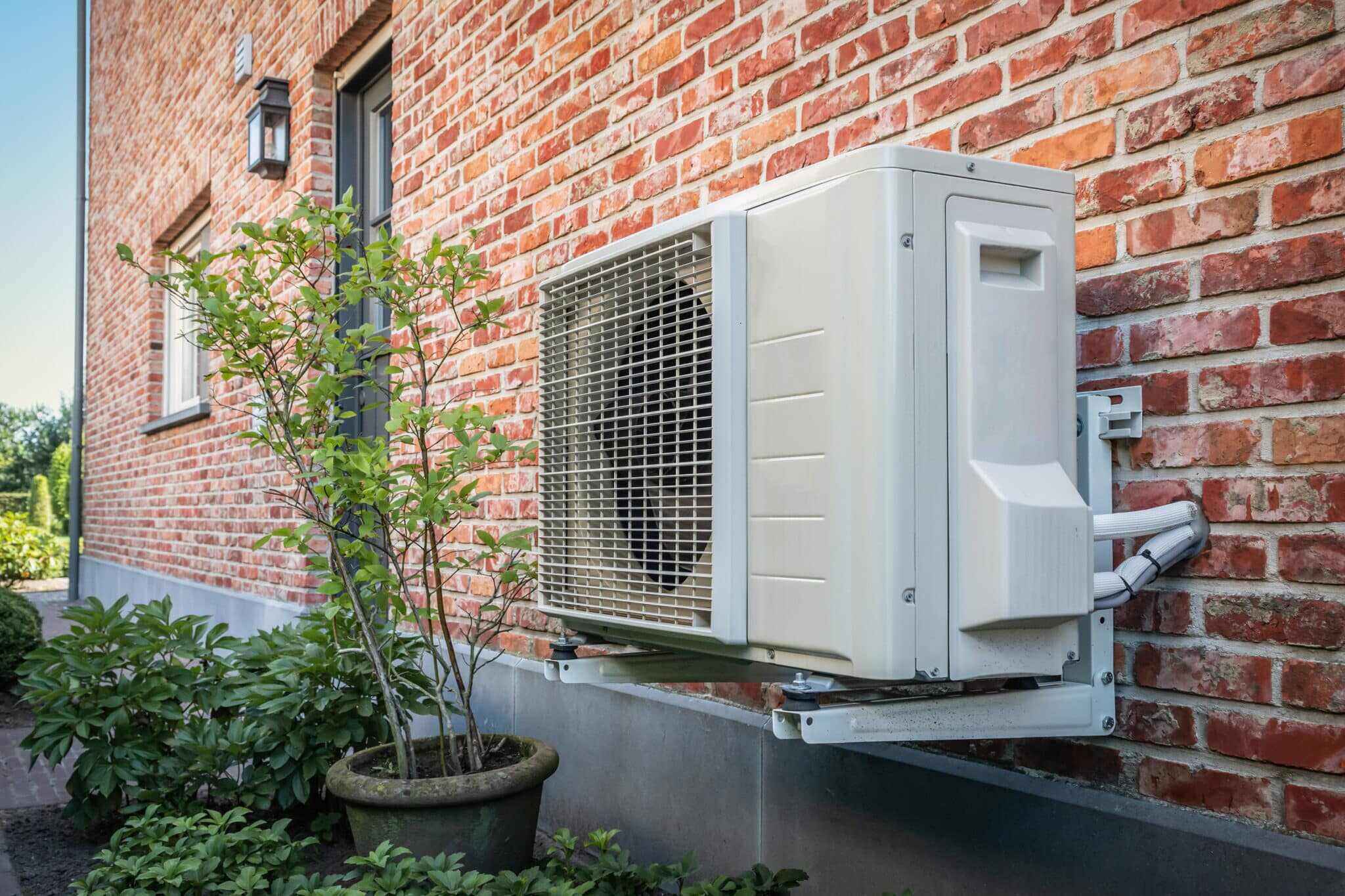

Outdoor Furniture
What Is The Outdoor Unit Of A Heat Pump Able To Do During The Heating Cycle?
Modified: February 17, 2024
Discover the capabilities of the outdoor unit of a heat pump during the heating cycle. Learn how it can efficiently heat your outdoor furniture with our expert insights.
(Many of the links in this article redirect to a specific reviewed product. Your purchase of these products through affiliate links helps to generate commission for Storables.com, at no extra cost. Learn more)
Introduction
Welcome to the world of outdoor furniture, where design meets functionality to create inviting and comfortable spaces for outdoor living. In this comprehensive guide, we will explore the intricate world of outdoor furniture, delving into the nuances of design, materials, and trends that shape this vibrant industry.
As an outdoor furniture enthusiast, you understand the value of creating an outdoor oasis that seamlessly blends style and durability. Whether you are revamping your patio, deck, or garden, or simply seeking inspiration for your next outdoor design project, this article will serve as your go-to resource for all things related to outdoor furniture and design.
From classic wooden pieces to modern, weather-resistant materials, the world of outdoor furniture offers a myriad of options to suit every taste and requirement. Join us as we embark on a journey through the latest trends, timeless designs, and expert tips to elevate your outdoor space into a captivating retreat.
So, grab a refreshing beverage, find a cozy spot, and immerse yourself in the art of outdoor furniture and design. Let's explore the endless possibilities of creating inviting, stylish, and functional outdoor spaces that beckon you to relax, entertain, and savor the beauty of the great outdoors.
Key Takeaways:
- The outdoor unit of a heat pump extracts heat from the outdoor air, even in cold temperatures, and transfers it indoors to provide warmth during the heating cycle.
- The outdoor unit’s critical functions include heat absorption, refrigerant compression, heat release, defrost capability, and environmental adaptability, ensuring efficient and reliable heating performance.
Overview of Heat Pumps
Heat pumps are versatile and efficient HVAC systems that provide both heating and cooling for residential and commercial spaces. These innovative systems operate by transferring heat from one area to another, making them an eco-friendly and cost-effective heating and cooling solution. Unlike traditional heating systems that generate heat, heat pumps extract heat from the air, ground, or water, depending on the type of system, and distribute it indoors during the heating cycle. Conversely, during the cooling cycle, they remove heat from indoor spaces and release it outdoors, effectively cooling the interior environment.
One of the key advantages of heat pumps is their ability to deliver consistent comfort while consuming less energy compared to conventional heating and cooling systems. This makes them an appealing choice for environmentally conscious individuals and those seeking to reduce their energy costs.
Heat pumps come in various configurations, including air-source, ground-source (geothermal), and water-source models, each offering unique benefits tailored to specific environmental conditions and heating and cooling requirements. With advancements in technology, modern heat pumps boast enhanced efficiency, smart controls, and advanced features that optimize performance and user convenience.
As the demand for sustainable heating and cooling solutions continues to rise, heat pumps have garnered widespread attention for their ability to provide year-round comfort in an energy-efficient and environmentally responsible manner. Their versatility, reliability, and eco-friendly operation position them as a leading choice for modern heating and cooling needs.
Now that we have gained a foundational understanding of heat pumps, let’s delve into the components that make up these sophisticated systems and explore the outdoor unit’s pivotal role during the heating cycle.
Components of a Heat Pump System
A heat pump system comprises several essential components that work in harmony to facilitate the transfer of heat and the efficient operation of the heating and cooling cycles. Understanding the key elements of a heat pump system is crucial for gaining insight into its functionality and performance. Let’s explore the fundamental components that constitute a typical heat pump system:
- Outdoor Unit: The outdoor unit, also known as the condenser or heat pump unit, plays a pivotal role in the heat pump system. It houses the compressor, condenser coil, and a fan. During the heating cycle, the outdoor unit extracts heat from the surrounding air, even in cold temperatures, and transfers it indoors to provide warmth.
- Indoor Unit: The indoor unit, often referred to as the air handler or evaporator, is responsible for circulating the conditioned air throughout the living or working space. It contains the evaporator coil, blower, and air filter, contributing to the distribution of heated or cooled air as per the system’s mode of operation.
- Refrigerant: Refrigerant serves as the medium for heat transfer within the heat pump system. It absorbs heat at low temperatures and releases it at higher temperatures, enabling the heat pump to regulate indoor temperature effectively.
- Thermostat: The thermostat acts as the control center for the heat pump system, allowing users to set and adjust the desired temperature and operating modes. Advanced thermostats may feature programmable schedules and smart capabilities for enhanced energy management.
- Auxiliary Heating System: In colder climates or during extremely low outdoor temperatures, a supplementary heating system, such as electric resistance heaters or a gas furnace, may be integrated into the heat pump system to provide additional heating capacity when needed.
- Ductwork: Ductwork serves as the conduit for distributing conditioned air throughout the building. Properly designed and insulated ducts contribute to efficient airflow and consistent comfort within the indoor spaces.
By comprehending the functions and interplay of these components, homeowners and HVAC professionals can optimize the performance, efficiency, and longevity of heat pump systems. Now that we have examined the essential components of a heat pump system, let’s focus on the outdoor unit’s specific functions during the heating cycle.
During the heating cycle, the outdoor unit of a heat pump is able to extract heat from the outside air and transfer it inside to warm up the indoor space. Regular maintenance of the outdoor unit is important to ensure efficient operation.
The Outdoor Unit
The outdoor unit of a heat pump system, often referred to as the condenser or heat pump unit, is a critical component that facilitates the exchange of heat with the outdoor environment. This unit is designed to withstand varying weather conditions and operate efficiently to support the heating and cooling processes. Let’s explore the key features and components of the outdoor unit:
- Compressor: The compressor, located within the outdoor unit, plays a central role in the heat transfer process. It is responsible for pressurizing the refrigerant, raising its temperature, and circulating it through the system to facilitate the exchange of heat.
- Condenser Coil: The condenser coil, positioned within the outdoor unit, enables the release of heat absorbed from the outdoor air during the heating cycle. As the refrigerant flows through the coil, it undergoes a phase change, releasing heat and preparing to transfer it indoors to provide warmth.
- Fan: The outdoor unit houses a fan that assists in dissipating heat from the condenser coil and expelling it into the outdoor environment. This process is crucial for maintaining the optimal operating conditions of the heat pump system and ensuring efficient heat exchange.
- Defrost System: In colder climates, the outdoor unit may be equipped with a defrost system to address the potential buildup of frost or ice on the outdoor coil. This system periodically reverses the heat pump’s operation to melt accumulated ice and maintain uninterrupted performance.
- Cabinet: The outdoor unit is encased within a durable and weather-resistant cabinet, protecting the internal components from environmental elements such as rain, snow, and debris. The cabinet is designed to withstand outdoor exposure while safeguarding the unit’s functionality.
With its robust construction and essential components, the outdoor unit serves as the primary interface between the heat pump system and the outdoor surroundings. It harnesses the ambient heat energy, even in cold conditions, and prepares it for transfer into the indoor spaces to maintain a comfortable and consistent temperature during the heating cycle.
Now that we have gained insight into the outdoor unit’s composition and role within the heat pump system, let’s delve into the specific functions it performs during the heating cycle to facilitate efficient and reliable operation.
Functions of the Outdoor Unit During the Heating Cycle
During the heating cycle, the outdoor unit of a heat pump system undertakes several critical functions to extract heat from the outdoor environment and transfer it indoors to provide warmth. Let’s explore the key roles and operations performed by the outdoor unit during the heating cycle:
- Heat Absorption: The outdoor unit utilizes the refrigerant and the condenser coil to absorb heat from the surrounding outdoor air, even in cold temperatures. This process allows the heat pump to harness ambient thermal energy, which is essential for maintaining indoor comfort during the heating season.
- Refrigerant Compression: Once the refrigerant absorbs heat from the outdoor air, the compressor within the outdoor unit pressurizes the refrigerant, raising its temperature significantly. This prepares the refrigerant for the subsequent heat transfer process and ensures its effectiveness in delivering warmth indoors.
- Heat Release: As the pressurized and heated refrigerant flows through the condenser coil, it releases the absorbed heat, raising the temperature of the coil. The outdoor unit’s fan assists in dissipating this heat into the outdoor environment, facilitating the transfer of warmth from the outdoor unit to the indoor spaces.
- Defrost Capability: In colder climates, the outdoor unit may activate its defrost system to address the potential formation of frost or ice on the condenser coil. This function ensures that the heat pump maintains optimal performance by periodically removing ice buildup, allowing uninterrupted heat transfer.
- Environmental Adaptability: The outdoor unit is designed to operate efficiently across a range of outdoor conditions, including varying temperatures and weather patterns. Its robust construction and weather-resistant features enable it to extract heat effectively from the ambient air, contributing to consistent indoor warmth.
By executing these essential functions, the outdoor unit of a heat pump system plays a pivotal role in capturing and transferring heat from the outdoor environment to the indoor living or working spaces. Its ability to operate effectively, even in low outdoor temperatures, underscores the versatility and reliability of heat pump technology in delivering efficient heating performance.
As we conclude our exploration of the outdoor unit’s functions during the heating cycle, we recognize its significance in ensuring the year-round comfort and energy-efficient operation of heat pump systems. With a deeper understanding of the outdoor unit’s capabilities, homeowners and HVAC enthusiasts can appreciate the ingenuity and impact of this integral component within the realm of heating and cooling technology.
Read more: What Is Short Cycling AC
Conclusion
In the realm of outdoor furniture and design, the fusion of aesthetics and functionality creates an enchanting tapestry of possibilities for transforming outdoor spaces into captivating retreats. From the allure of timeless wooden pieces to the allure of modern, weather-resistant materials, the world of outdoor furniture offers an array of options to suit diverse tastes and preferences. By exploring the latest trends, expert tips, and innovative designs, individuals can embark on a journey to elevate their outdoor living experiences and savor the beauty of nature in style and comfort.
As we unravel the intricacies of heat pump systems, we uncover a world of eco-friendly and efficient heating and cooling solutions. The versatile nature of heat pumps, coupled with their ability to provide year-round comfort while consuming minimal energy, positions them as a leading choice for modern heating and cooling needs. Understanding the fundamental components of a heat pump system, including the outdoor unit’s pivotal role during the heating cycle, empowers individuals to optimize the performance and efficiency of these innovative HVAC systems.
From the outdoor unit’s adeptness at harnessing ambient heat energy to its robust construction and environmental adaptability, we gain a deeper appreciation for the ingenuity and impact of heat pump technology. The outdoor unit’s critical functions during the heating cycle underscore its significance in ensuring consistent indoor warmth and reliable operation, even in challenging outdoor conditions.
As we conclude our exploration, we invite outdoor enthusiasts and HVAC aficionados to embrace the art of outdoor furniture and the innovation of heat pump technology. By integrating timeless design principles with sustainable heating and cooling solutions, individuals can create outdoor spaces that beckon them to relax, entertain, and savor the beauty of the great outdoors. Let’s embark on a journey of creativity, comfort, and environmental responsibility as we elevate our outdoor living experiences to new heights.
Frequently Asked Questions about What Is The Outdoor Unit Of A Heat Pump Able To Do During The Heating Cycle?
Was this page helpful?
At Storables.com, we guarantee accurate and reliable information. Our content, validated by Expert Board Contributors, is crafted following stringent Editorial Policies. We're committed to providing you with well-researched, expert-backed insights for all your informational needs.
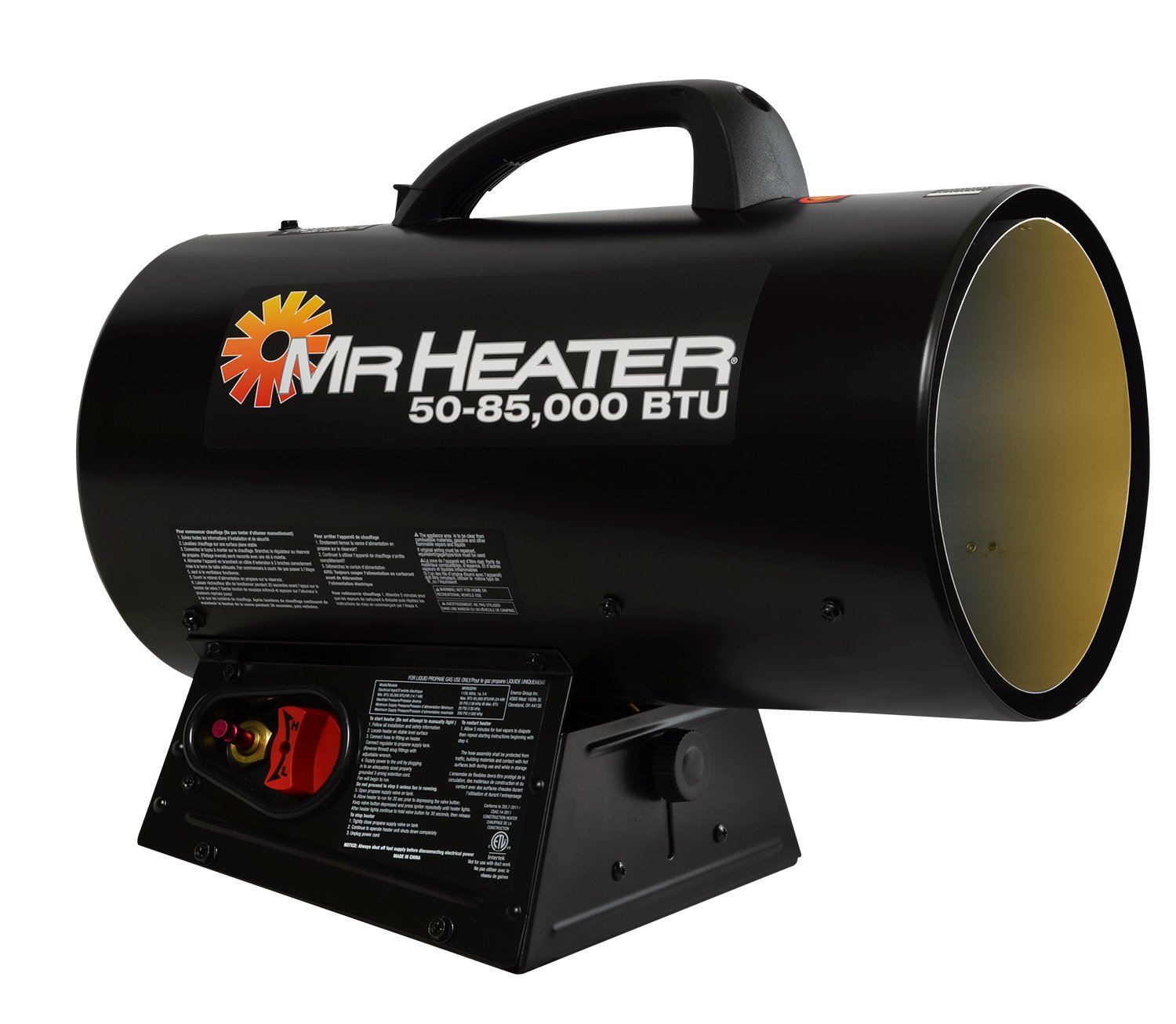
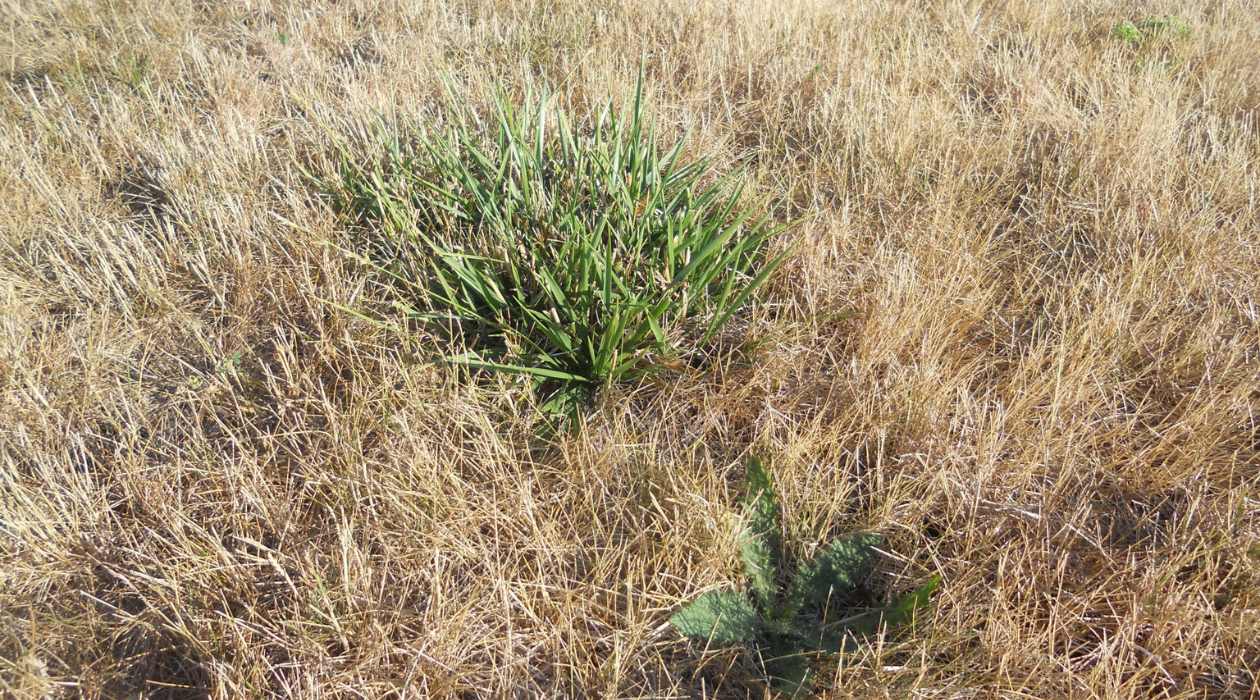
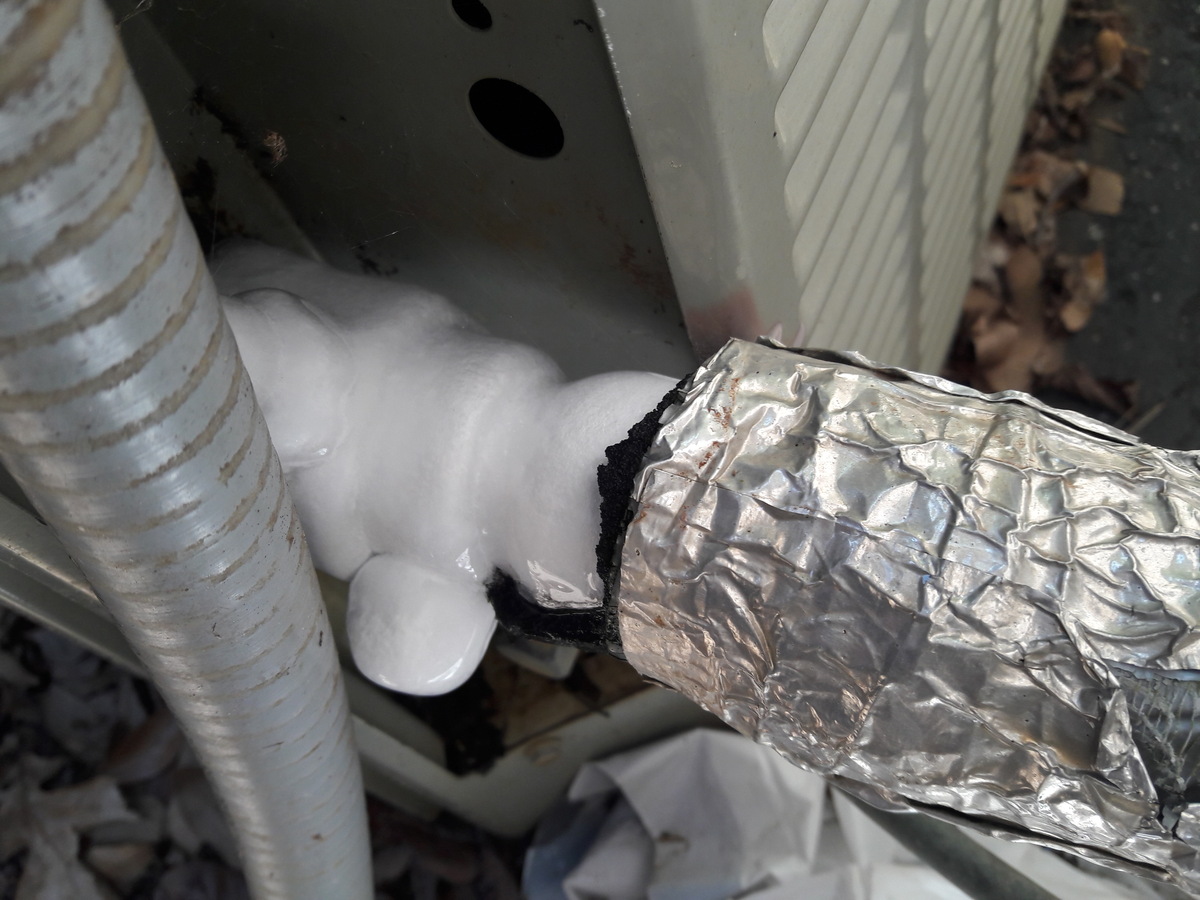

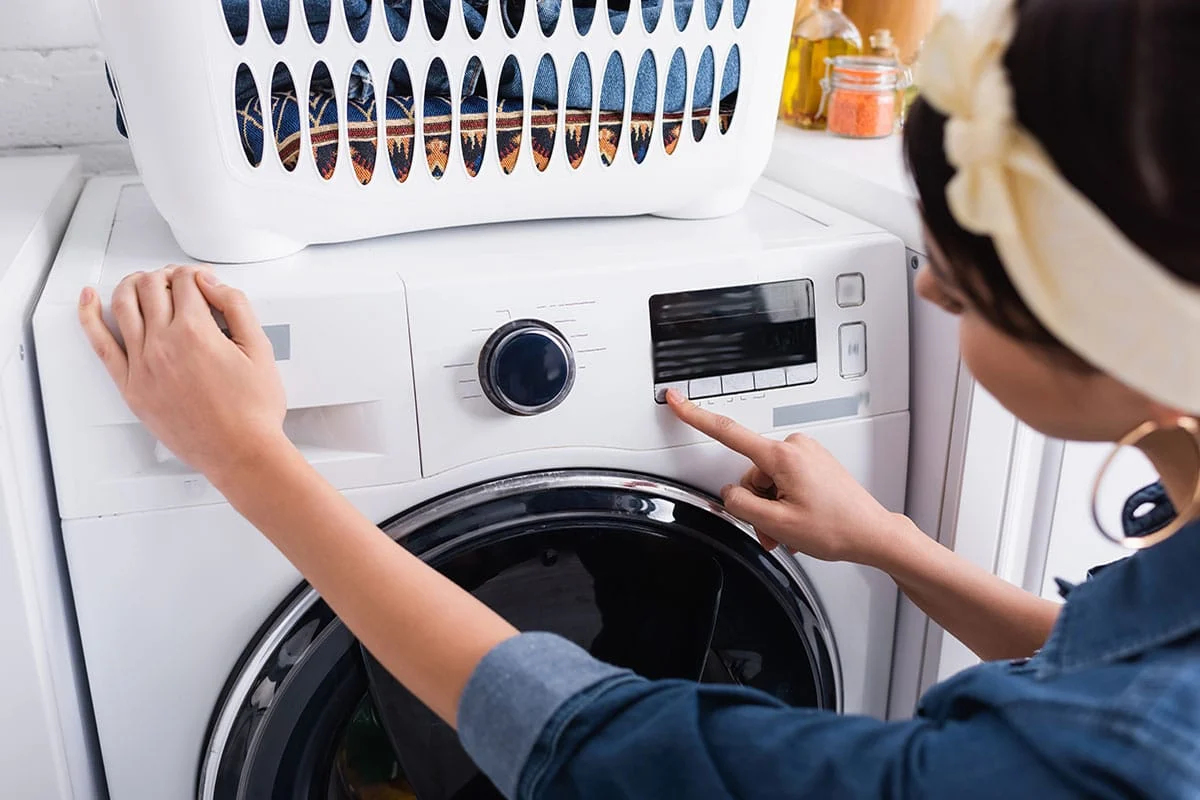

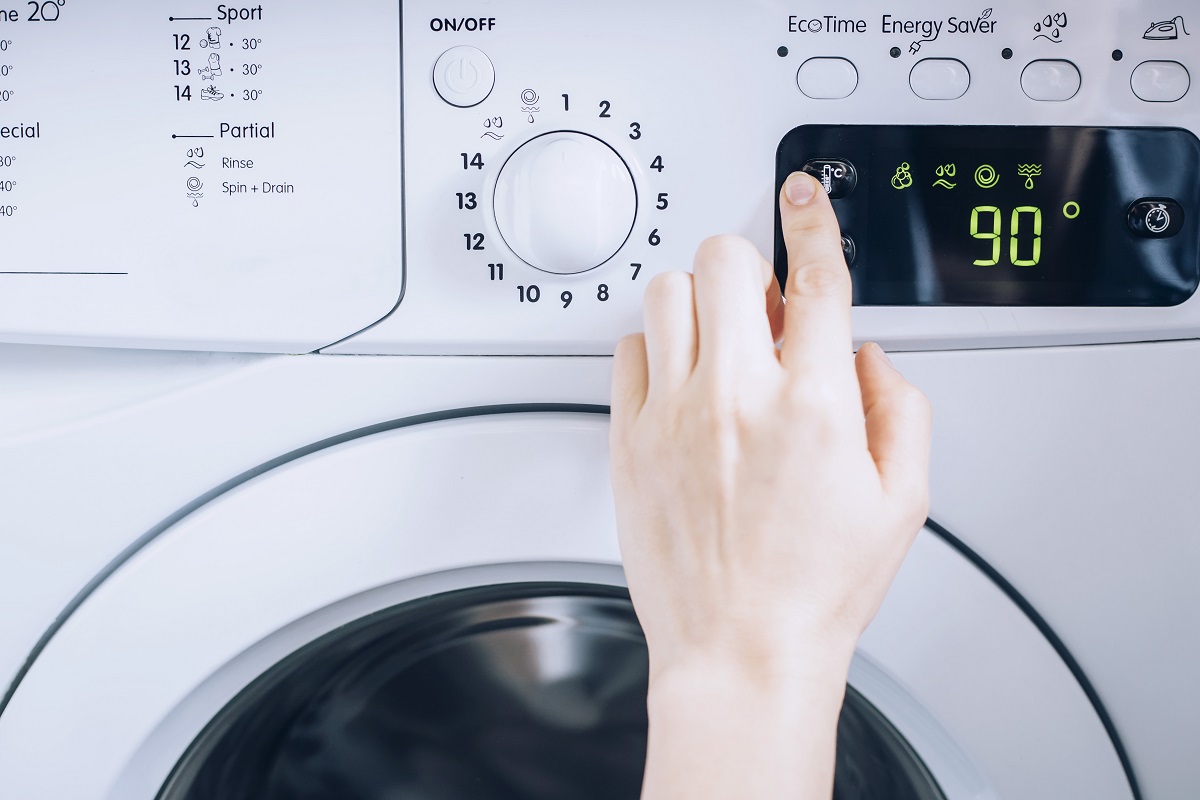
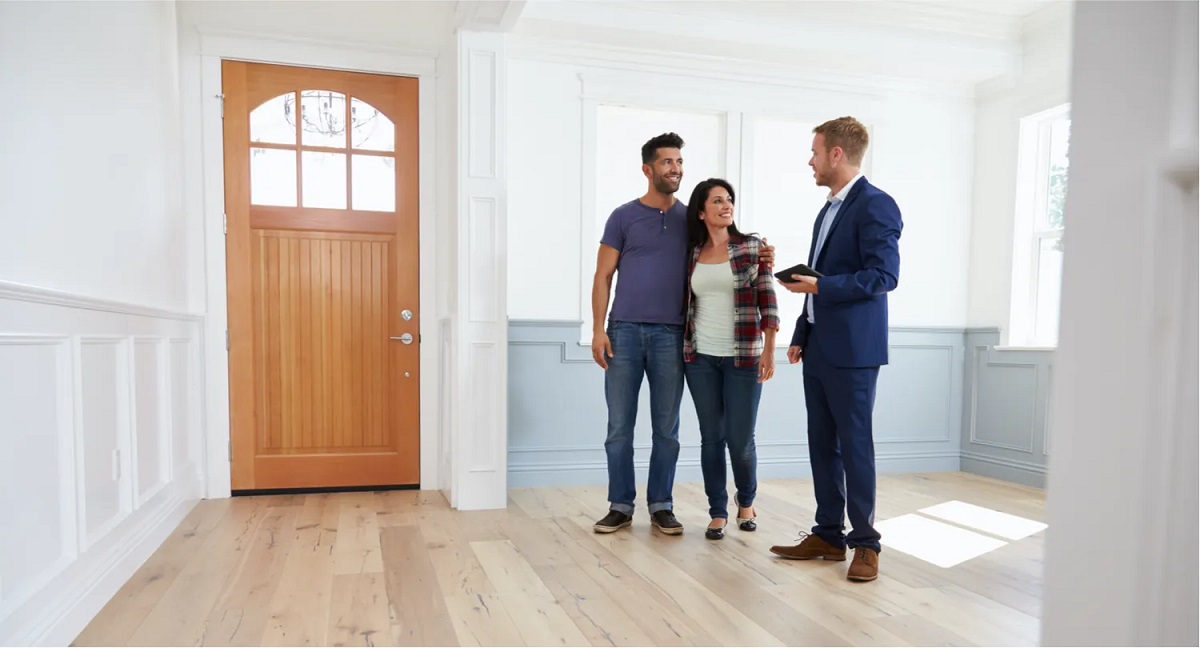
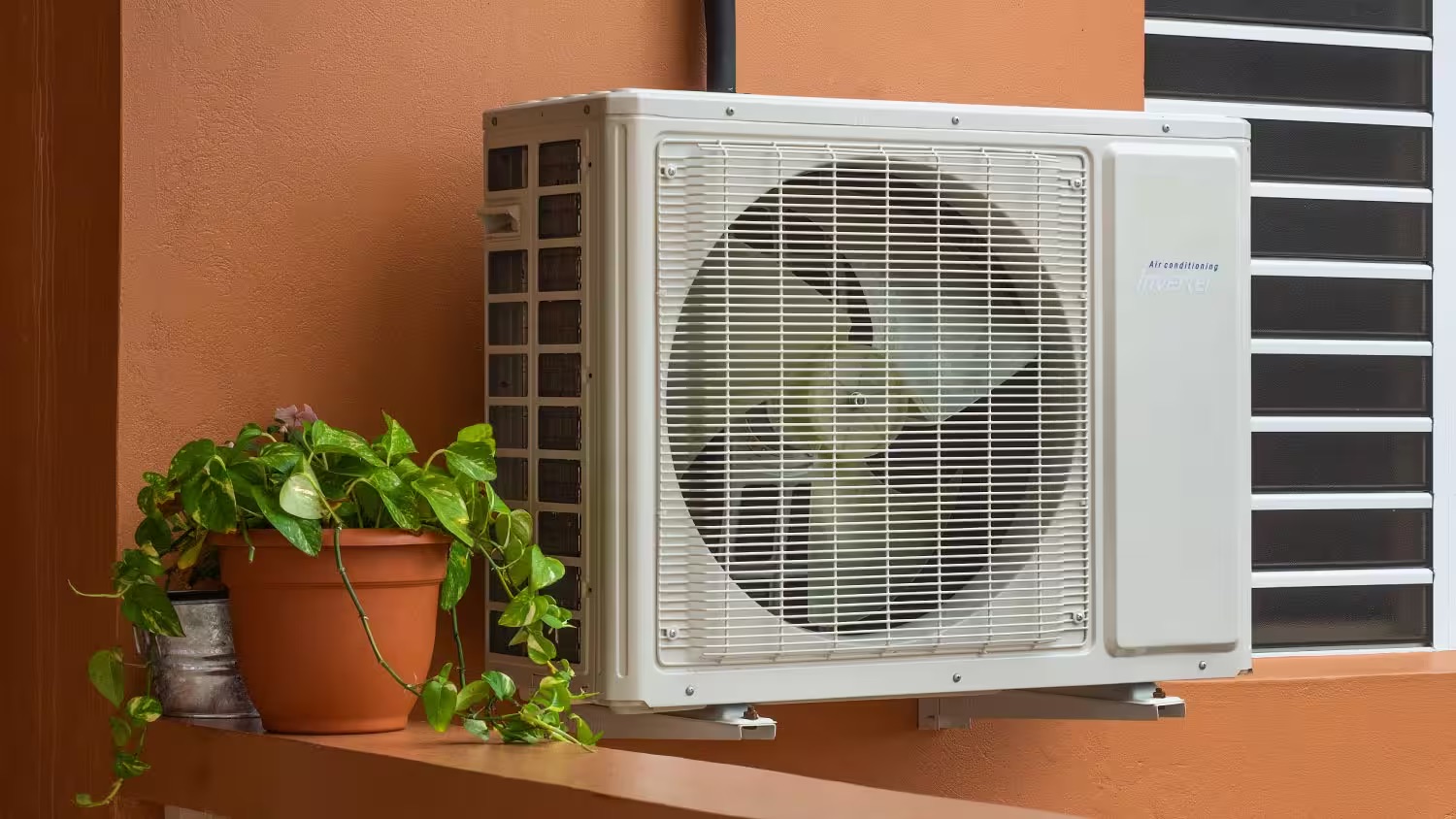

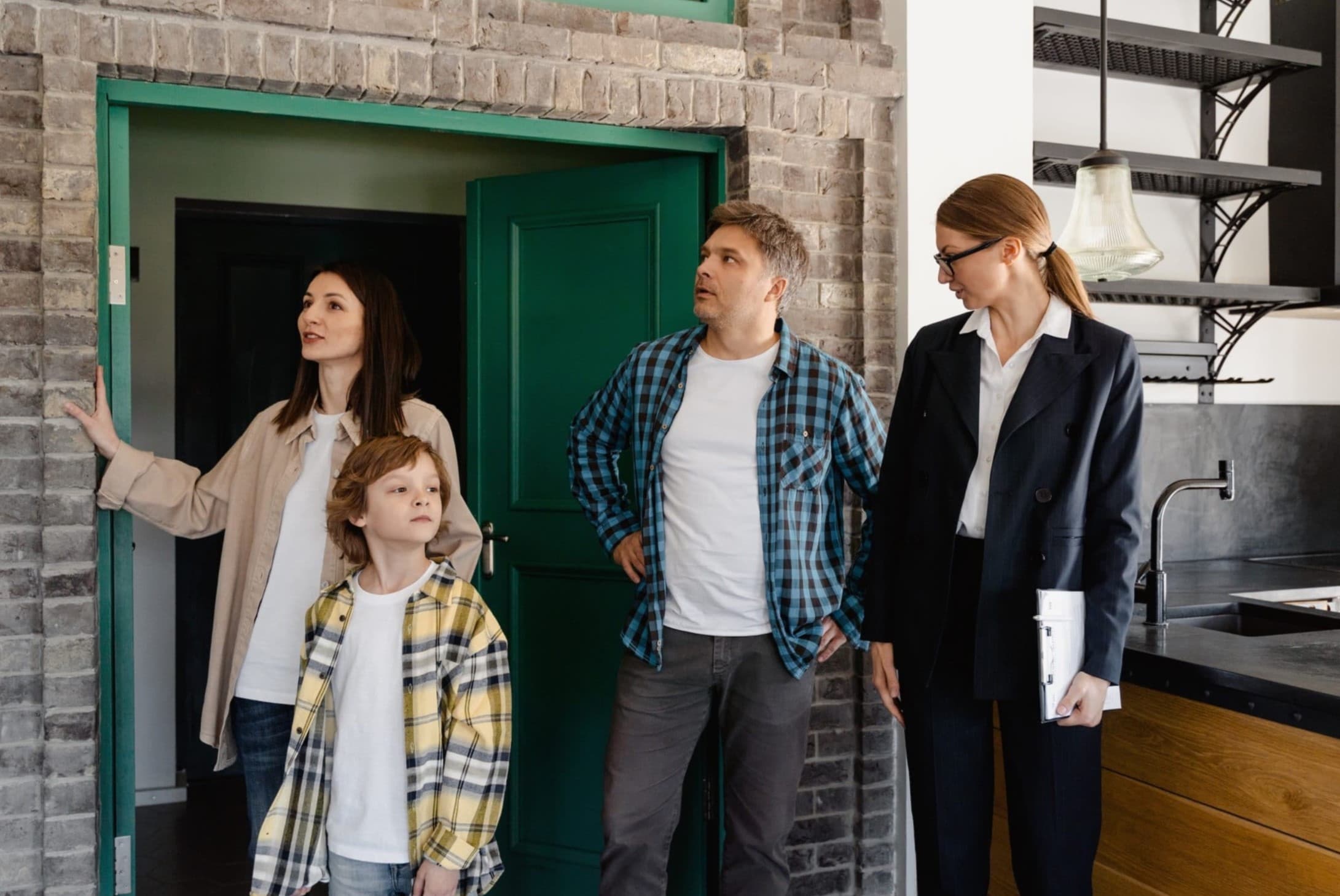
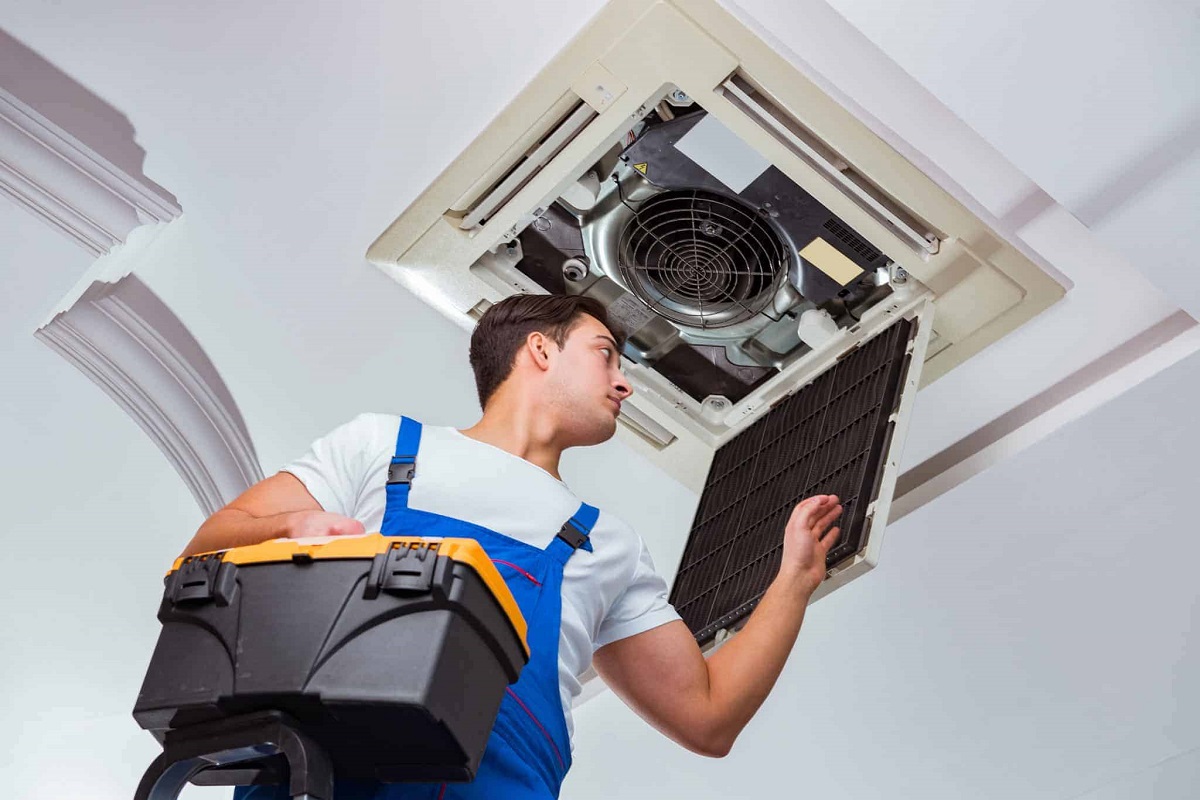
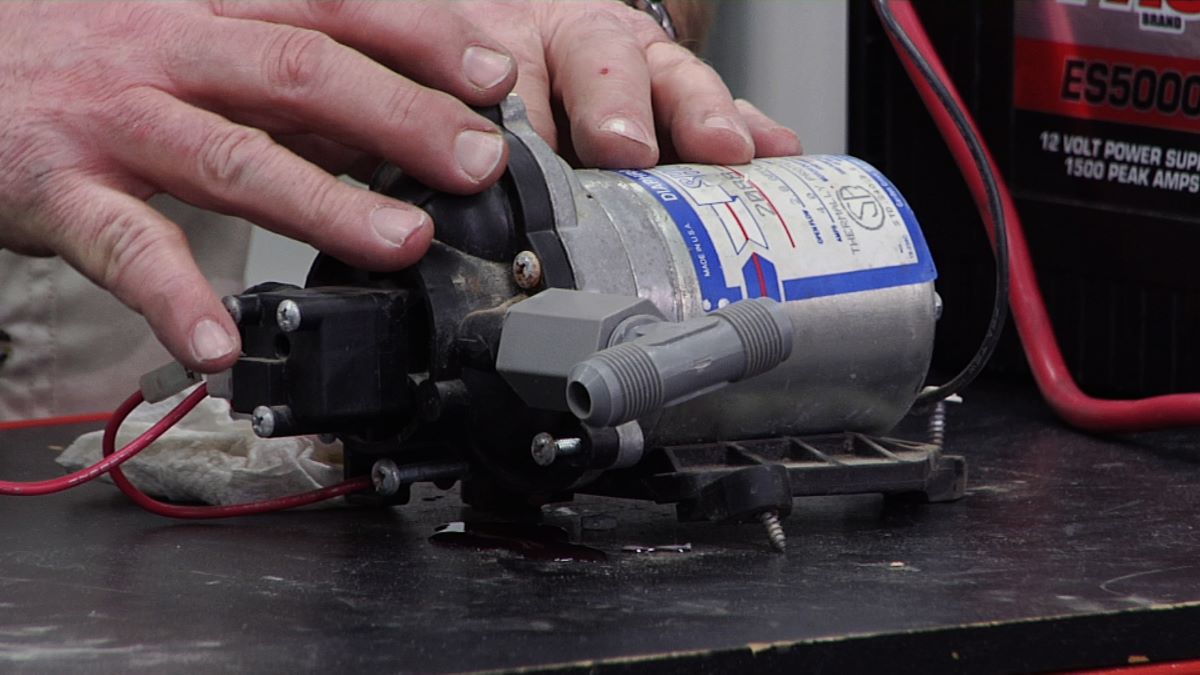
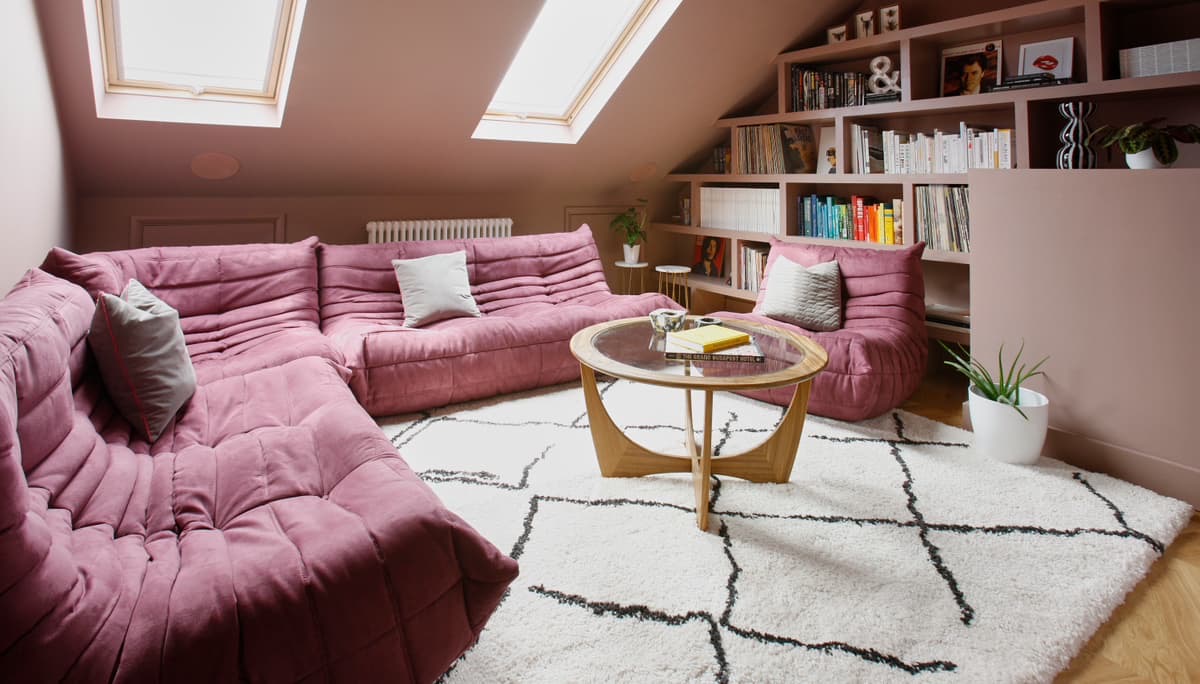

0 thoughts on “What Is The Outdoor Unit Of A Heat Pump Able To Do During The Heating Cycle?”